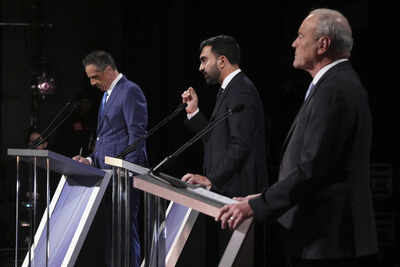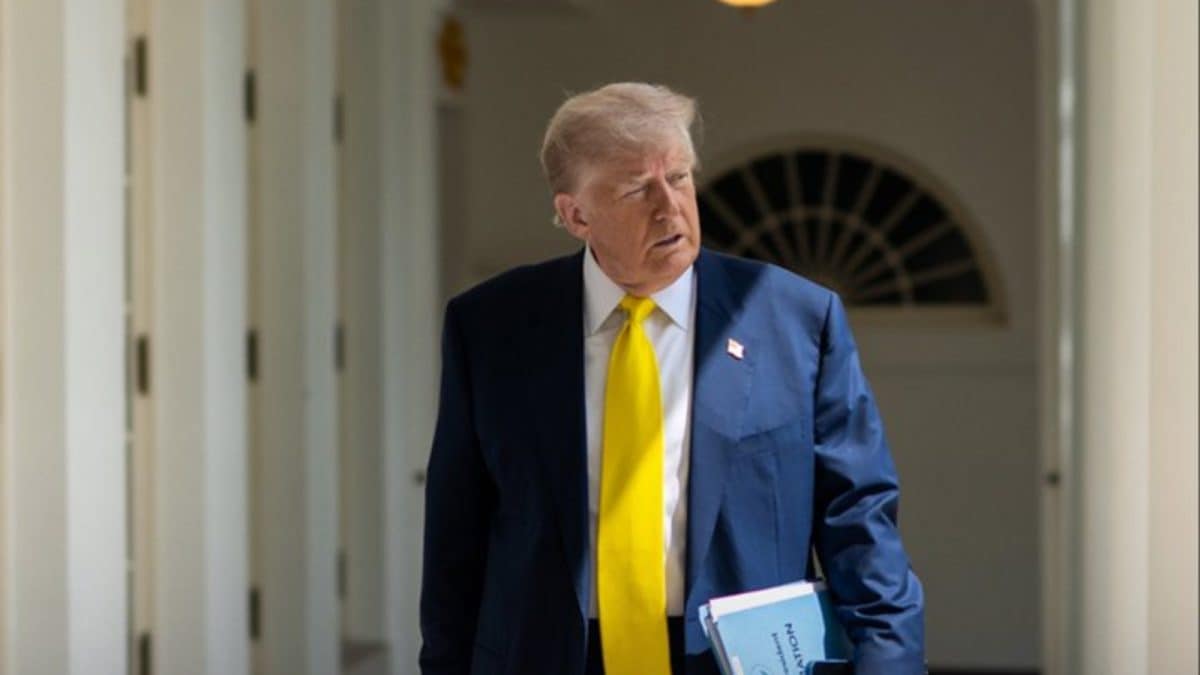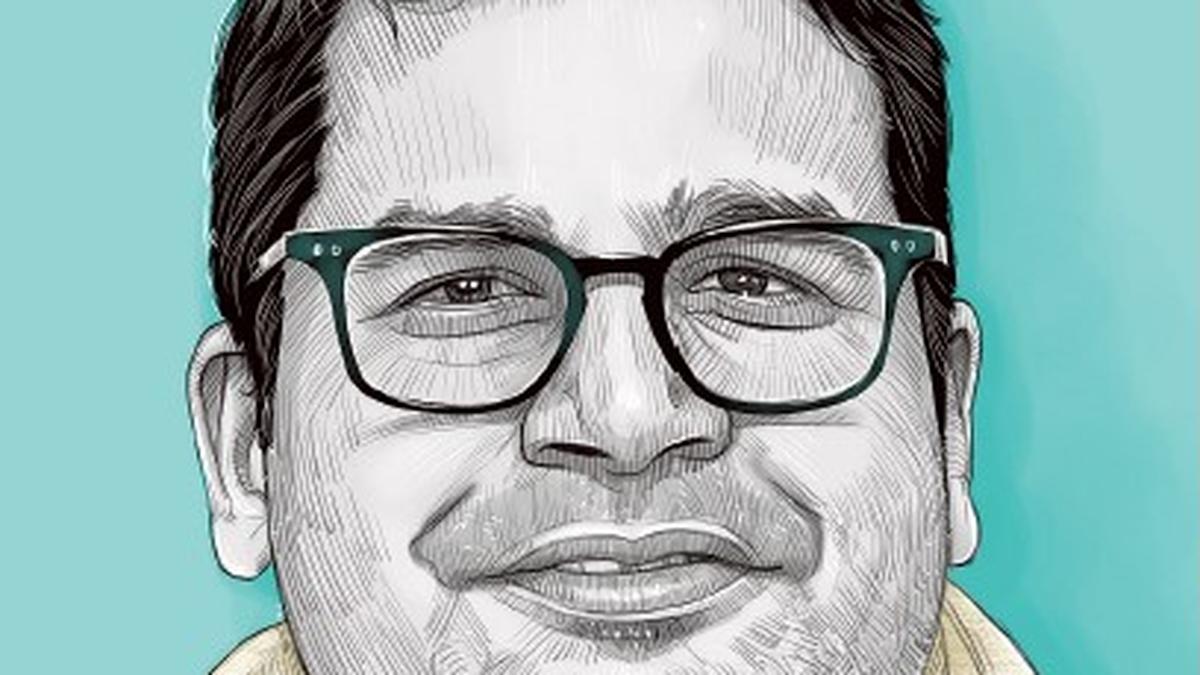ARTICLE AD BOX

As New York City prepares to elect its next mayor in 2025, education has emerged as a decisive issue for voters, particularly those with school-age children. Despite hosting some of the nation’s most recognised schools, the city has seen a notable decline in public school enrolment in recent years, reflecting broader concerns over safety, instruction quality, and the overall learning environment, according to a survey by the NYC Department of Education.The mayoral contest has narrowed to three principal candidates: Democratic nominee Zohran Mamdani, former Governor Andrew Cuomo, and Republican Curtis Sliwa. Each candidate has articulated distinct approaches to addressing the challenges facing the city’s public schools.
Zohran Mamdani: Prioritising equity and early education
Mamdani’s platform positions education as a comprehensive ecosystem, encompassing funding, student support services, and classroom conditions.
He has committed to ensuring public schools are fully funded with equally distributed resources, strong after-school programmes, mental health counsellors and nurses, compliant and effective class sizes, and integrated student bodies.Among his proposed initiatives is the expansion of the Open Streets for Schools programme, allowing schools to reclaim streets for outdoor learning and recreation. Mamdani has also emphasised support for students experiencing homelessness through the Bronx pilot Every Child and Family Is Known, which establishes mentorship networks and cross-agency support.
Early childhood education forms a cornerstone of his vision. He proposes universal free child care for children aged six weeks to five years, with compensation for child care workers aligned with public school teachers’ pay. New parents would receive NYC Baby Baskets stocked with essentials and resources on post-partum care, breastfeeding, and newborn home visits.Mamdani has also signalled investment in higher education, promising significant funding for CUNY and the recruitment of 1,000 new teachers annually to address overcrowding.
His stance on gifted programmes has evolved; while initially advocating a phase-out, he now supports a modified approach allowing some continuation.
Andrew Cuomo: Stability and high standards
Cuomo positions education as one of his top priorities, framing it as a matter of delivering high-quality instruction to over 900,000 students in the city’s public schools. His platform focuses on reducing class sizes, expanding after-school programmes, addressing chronic absenteeism, and promoting career and technical education.
Retaining teachers, he asserts, requires improved working conditions, safety, and mentoring.Cuomo also aims to expand School-Based Health Centres, offering preventive and wellness services through Grade 12. He has been vocal in defending gifted and talented programmes, warning that eliminating them could remove a vital avenue for high-achieving students to excel.
Curtis Sliwa: Overhauling systems and restoring safety
Sliwa critiques the public school system for underperformance despite substantial funding. His campaign argues that bureaucratic inefficiency undermines classroom outcomes and calls for an overhaul prioritising measurable results and clear goals, FOX 5 reports.Safety and proven instructional methods are central to his platform. Sliwa supports reinstating NYPD school safety agents and maintaining structured approaches to reading and mathematics. He also advocates the expansion of gifted programmes across the city and increasing vocational training. Truancy, he proposes, should be addressed through targeted counselling and mentorship initiatives.
Education as a defining issue
The three candidates collectively highlight the pressing concerns confronting New York City’s public schools: funding, classroom quality, teacher retention, student support, and safety. Their proposals, while divergent in approach, reflect a broader recognition that the city’s educational system is at a crossroads. As voters consider the next mayor, these policy positions offer a lens through which the future of learning in New York City can be assessed.

 3 hours ago
4
3 hours ago
4









 English (US) ·
English (US) ·